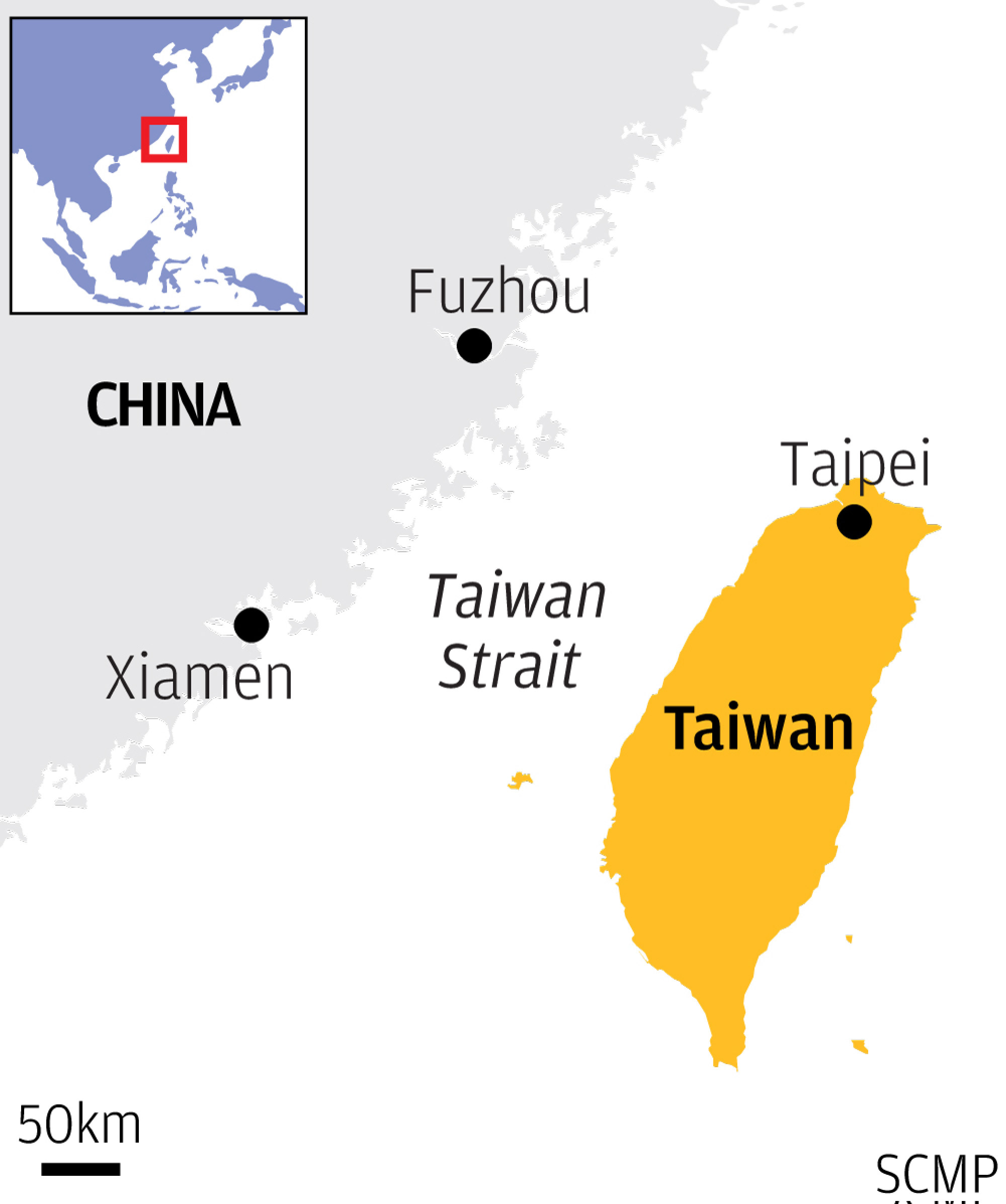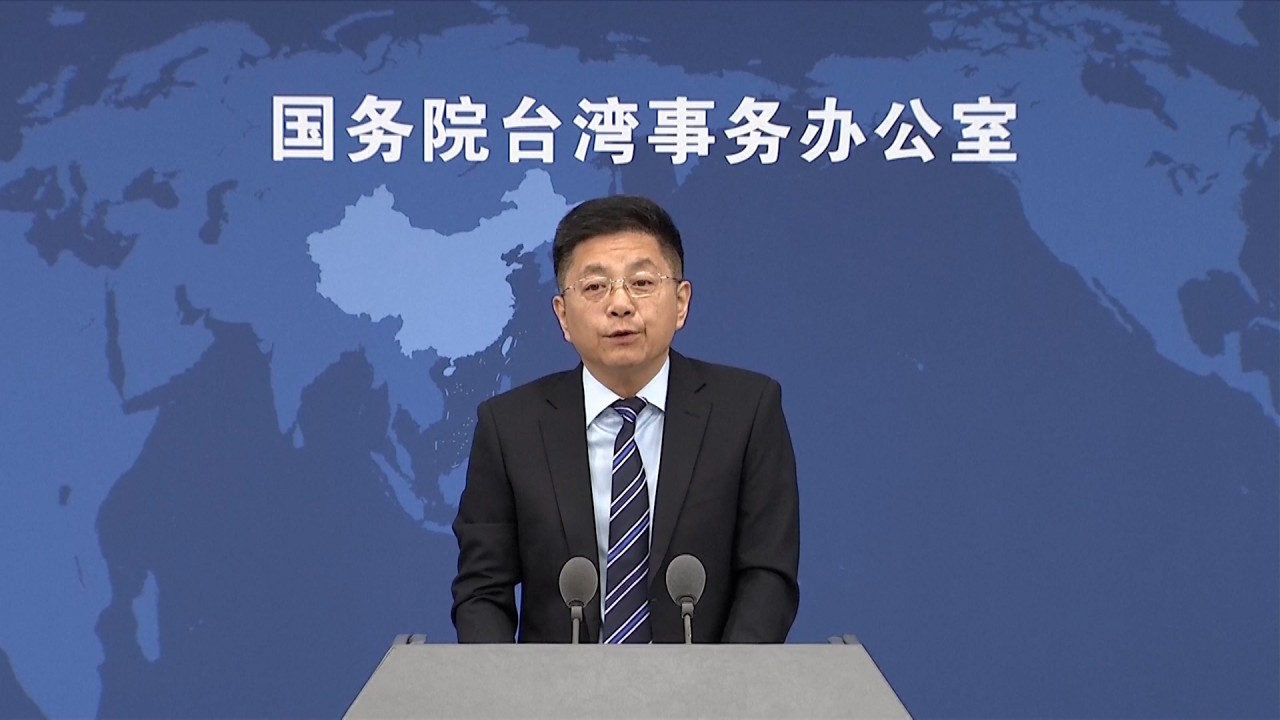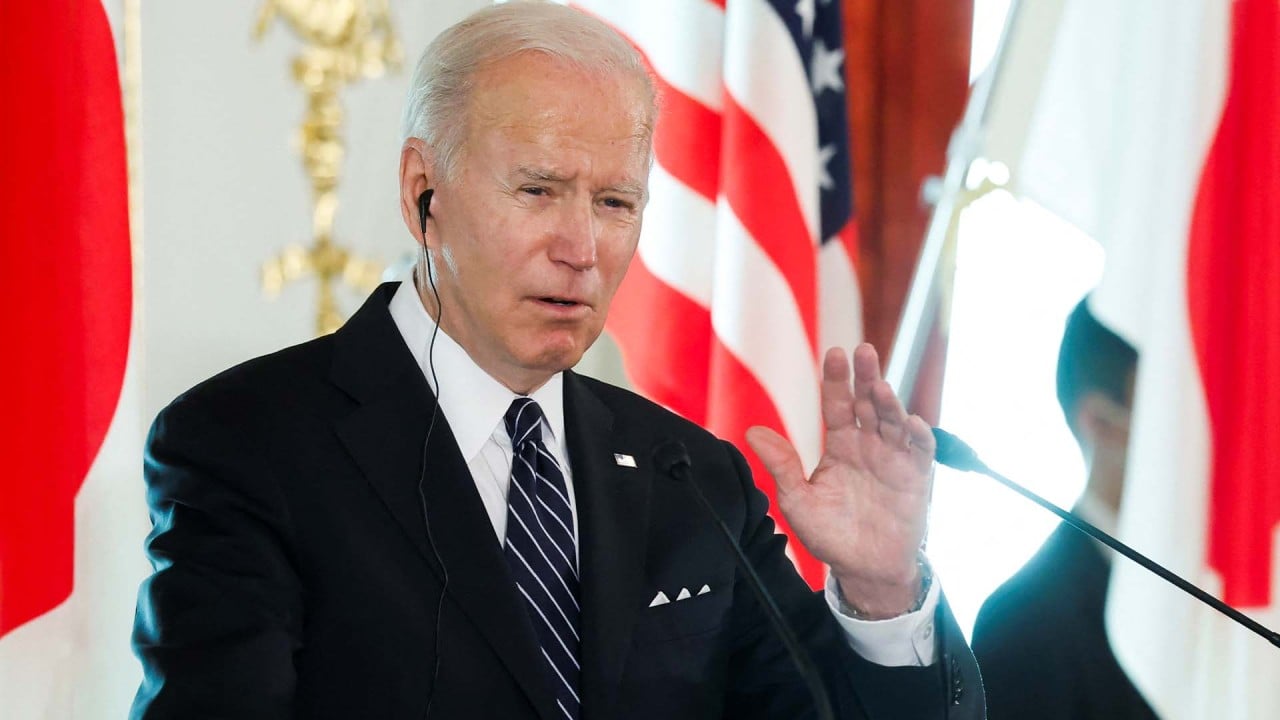
Rights and wrongs of US-China dispute over the Taiwan Strait
- China is correct that the Taiwan Strait is not ‘international waters’. And the US is right that warships and warplanes have the right to pass through
- But for the US, exercising that right is a political decision and complicates the issue of the status of Taiwan and the one-China policy
“There is no such thing as ‘international waters’ in UNCLOS,” he said, adding that “relevant countries claim that the Taiwan Strait is in international waters with the aim to manipulate the Taiwan question and threaten China’s sovereignty”.
US State Department spokesman Ned Price insisted that the “Taiwan Strait is an international waterway, an area where high seas freedoms, including freedom of navigation and overflight, are guaranteed under international law.”
International waterways include straits that connect two areas of high seas. In such waterways, ships have a right of passage.
Let’s look at the specifics. The Taiwan Strait is about 120 nautical miles wide at its widest part. Between its coastal baselines on opposite shores, it is composed of 12 nautical miles of territorial seas, with a further 12 nautical miles of contiguous zones in which the coastal state has the right to prevent and punish infringements of its customs, sanitary, fiscal and immigration regulations.
The rest is EEZ in which China has sovereign rights over the management of the resources and environment. There are no legal high seas in the Taiwan Strait. While China cannot exercise jurisdiction over foreign warships in its EEZ, that does not mean they can do anything they want.
The issue for the US is whether its warships and warplanes have the right to freedom of navigation. Under UNCLOS, normal warship passage through the Taiwan Strait is legal and supported by customary law. But they are obliged to pay “due regard” to the rights and duties of the coastal state.

Other SIGINT activities intercept naval radar and emitters, enabling them to locate, identify and track surface ships and submarines. Still others may interfere with communication and computer systems – including drones. China sees these activities as not consonant with the “due regard” and “peaceful purposes” provisions of UNCLOS.
Marine scientific research in an EEZ is subject to prior consent. If the warships or warplanes are deploying information collection devices – including drones – they may be subject to this prior consent regime. The US may, however, argue that it is undertaking military or hydrographic surveys and not subject to that regime.
Drones are best kept out of freedom of navigation operations
UNCLOS provides that the “deployment and use of any type of scientific research equipment in any area of the marine environment” is subject to prior consent of the coastal state. But since the US is not party to it, it has little credibility or legitimacy in unilaterally interpreting these provisions to its benefit.
Simple naval passage and even manoeuvres are part of the freedom of navigation in an EEZ. But China may argue that extended weapons testing, such as laying depth charges, launching torpedoes, live fire exercises or covert laying of arms violate the duty to pay “due regard” to the rights and duties of the coastal state, especially its duty to protect the environment, including its fish and mammals.
Moreover, the legality of military manoeuvres and missile exercises that temporarily prevent other states from using part of their EEZ is questionable.
According to Beijing, Taiwan is part of China and thus the entire strait is under China’s jurisdiction. If the US is implying, by its insistence on the right of passage of its warships and warplanes, that Taiwan is not part of China, and has separate jurisdiction and regimes governing its claimed portion of the strait and thus allows such passage, then it is challenging Beijing’s sovereignty claim on Taiwan.
Biden’s Taiwan defence ‘gaffes’ are no laughing matter
In short, Beijing is right that the Taiwan Strait is not “international waters”. But warships and warplanes have the right to pass through it, provided they pay “due regard” to China’s rights and duties. The question is whether they do so – and whether they should, even if it is legal.
Mark J. Valencia is an adjunct senior scholar at the National Institute for South China Sea Studies, Haikou, China



